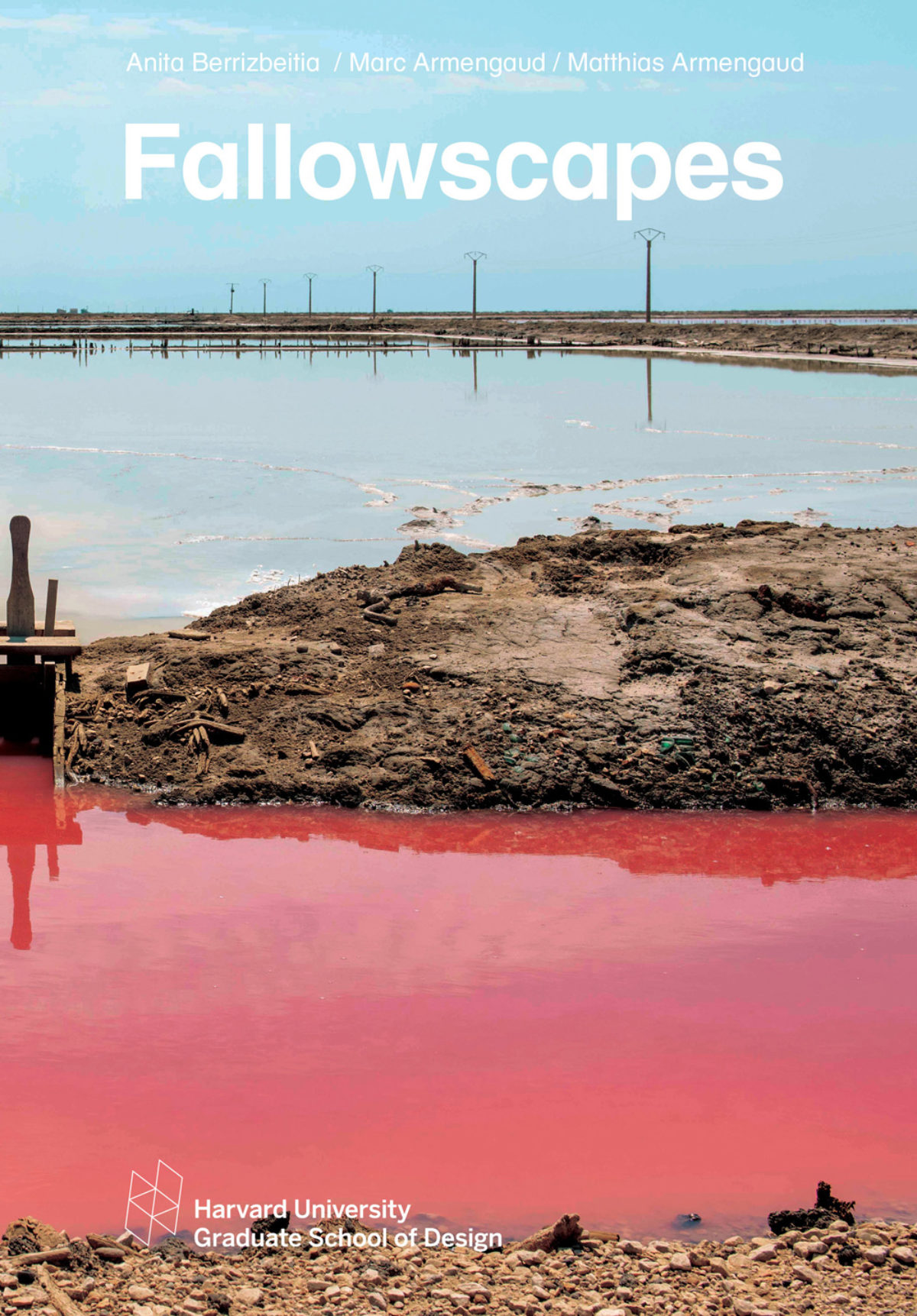Fallowscapes: Territorial Reconfiguration Strategies for Arles

Cover photo Anna Positano.
On a promontory on the left bank of the lower Rhone River, just before it reaches the Mediterranean Sea, the city of Arles presides over vast plains that until fairly recently were characterized as wastelands destined to remain permanently uncultivated. Once a thriving Roman outpost, built almost entirely from limestone quarried nearby, the city retains its original configuration. However, high unemployment over the past several decades necessitates a renewed destiny beyond the city’s high-end cultural and historical profile. By contrast, modernity radically changed the city’s hinterland, separating salt from sea water in the Camargue Delta, and redistributing fresh water from Alpine rivers into a filigree of canals that turned the arid Crau plain into a productive landscape. In the seams that formed between waterways, orchards, rice fields, quarries, logistics sites, infrastructures, and drainage ways, a fallowscape lies in a weird state of neglect. The studio documented in Fallowscapes reconsiders the interactions between systems and landscapes according to different scales, limits, time, and material, advocating for territorial reconfiguration strategies that investigate the existing and the potential, in order to face dramatic ecological threats and an enduring social crisis.
Fallowscapes: Territorial Reconfiguration Strategies for Arles is a Studio Report from the Fall 2019 semester at the Harvard University Graduate School of Design based on an option studio of the same name taught by Anita Berrizbeitia along with Marc Armengaud and Matthias Armengaud. This studio was made possible with the generous support of Maja Hoffmann and the LUMA Foundation.
Published by the Harvard University Graduate School of Design, forthcoming winter 2021.
Also available in French.
Series designed by Zak Jensen and Laura Grey
Report designed by Santiago Mota
Softcover, 150 pages, 17 x 24.5 cm, $21.72
ISBN 978-1-934510-80-3
Soon to be distributed by Amazon and available in full on the Harvard Graduate School of Design’s Issuu site.